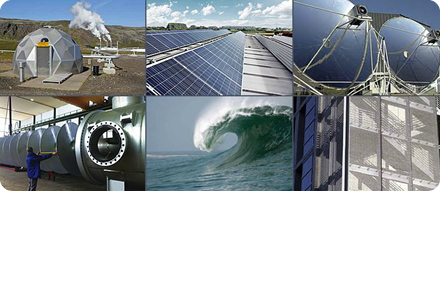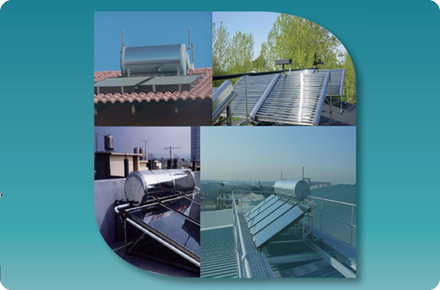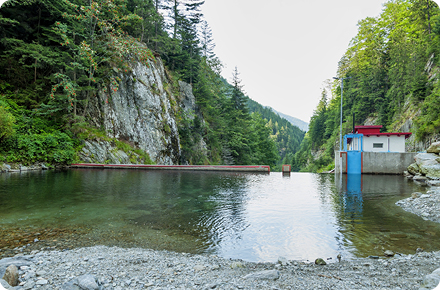This brochure details current best practice and stainless steel solutions to harness the energy of the sun. It provides designers with information about current stainless steel options for solar energy capture and an overview of the technical properties of stainless steel.
Download the brochure here
Two case studies on stainless steel in solar energy use are also available:
The stainless steel solar facade of a highway maintenance building at Bursins, Switzerland
This brochure introduces a highway maintenance building was developed as a replacement for an existing maintenance building on the same site. The client, État de Vaud, organised an architectural competition for the design of the new building. For the first time in western Switzerland, clear sustainability demands were outlined in an architectural competition. The client demanded that the ecological, energy and economic aspects of sustainability should be considered in the design of the building. Download here
Stainless Steel Tilted Solar Roof: German Nautical Museum Stralsund
In this case study we want to show how a stainless steel-based solution was used in a photovoltaic application. Thin stainless steel foil serves as a substrate for the photovoltaic cells. Download here













